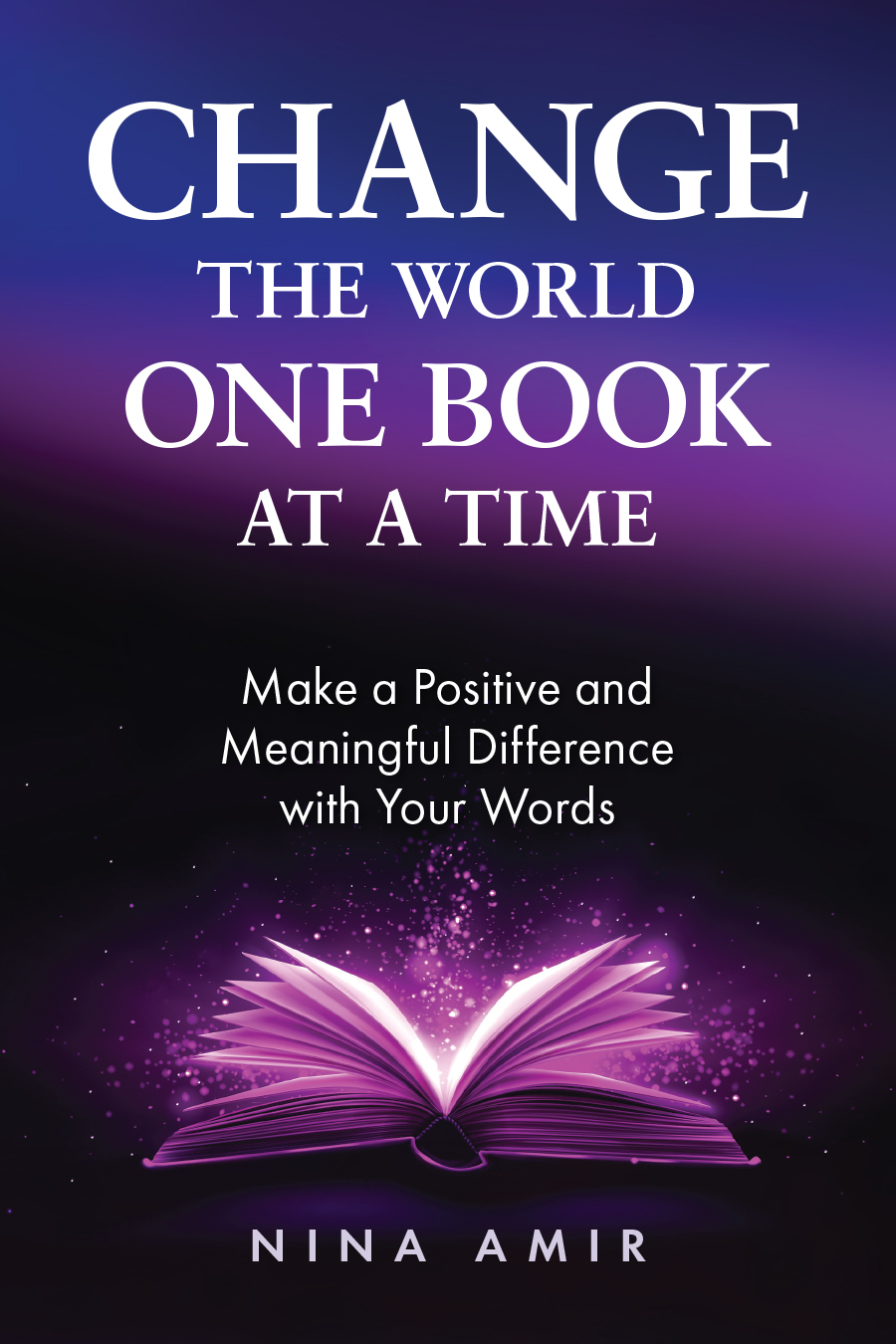Pain. Once you’ve felt it, you do whatever possible to avoid feeling that discomfort again. For example, you steer clear of things, animals, people, and situations you believe are similar to whatever caused your past pain—and could do so again. However, it’s possible that this time you’ll experience pleasure…but you’ll never know.
Why? Because your past painful experience trained you to avoid the potential of similar pain. Simply said, you have become pain averse.
Pain Aversion Training
I began thinking about pain aversion when I took my 14-month-old puppy, Elu, for rattlesnake aversion training last weekend. She needs to learn to stay away from snakes…period…but especially rattlesnakes.
Of course, Elu will never realize that a rattlesnake bite can be life-threatening, and the bite itself doesn’t hurt that much. Instead, what happens after the bite creates pain in a dog’s (or human’s) body.
 It’s not enjoyable to teach a dog that snakes mean pain. Rattlesnake aversion training involves exposure to a real rattlesnake and an electric shock that simulates the pain of an actual bite. The dogs are given a chance to go right up to the snake, which has been rendered harmless, and have it strike them. At the same time, the trainer shocks the dog creating an association between snake or snake bite and pain.
It’s not enjoyable to teach a dog that snakes mean pain. Rattlesnake aversion training involves exposure to a real rattlesnake and an electric shock that simulates the pain of an actual bite. The dogs are given a chance to go right up to the snake, which has been rendered harmless, and have it strike them. At the same time, the trainer shocks the dog creating an association between snake or snake bite and pain.
Many dogs, like Elu, don’t want to get close to the rattler. But they get shocked anyway and are put in close enough proximity to the snake that they remember the sound and smell. Others, including my neighbor’s dog who got bitten by a rattlesnake last summer, go right up to the snake and stick their nose in its face. My neighbor’s dog went right up to the snake three times before deciding it was worth overcoming curiosity to avoid the pain of the electric shock.
When reintroduced to the snake later in a new location, almost every dog avoids the snake. That demonstrates that the dogs have successfully been trained to be snake averse.
To some, this training seems cruel. But Elu must be taught that snakes equal pain so she stays safe (and alive). And experiencing a momentary pain will keep her away from them (we hope)—and safe from harm.
Human Pain Aversion Training
For humans, life offers pain aversion training free of charge and without the need to sign up for a class in advance. As a result, we stay away from things we think will cause us pain because we got bitten once or twice…by something similar.
For example, if you invested in the stock market and lost all your money; as a result, your might become averse to investing money. However, you might avoid all investments, not just the stock market. Or suppose your first marriage ended with your partner walking out and leaving you alone, heartbroken, and with a stack of unpaid bills. In that case, you might become averse to getting married ever again. You might even decide to avoid romantic relationships.
You likely make these decisions unconsciously. Yet, in some cases, you might be conscious of your choice. For instance, you might say, “I’m never investing money in the market again,” or “I’ll never get married again.”
Avoiding Pain Equals Avoiding Pleasure
Unfortunately, similar situations may never hurt us again, yet we avoid them. And, unlike rattlesnakes, if we allowed ourselves to experience those things again, we might find they don’t hurt but provide pleasure, joy, success, prosperity, love, fulfillment, and comfort.
We can probably agree that learning it hurts to get bitten by a snake (and it is life-threatening) is a lesson worth remembering. It’s good training never to get close to a rattlesnake again, right? On the other hand, learning that it can hurt when you lose money or a relationship fails is worth learning, but that lesson won’t necessarily serve you in the long run. After all, safely investing money can yield significant financial results. And entering into a new relationship might bring pleasure, love, or even a life-long partner.
Thus, avoiding pain can mean avoiding pleasure inadvertently. That’s why it’s best—in most cases—to undo your past pain aversion training. Granted, this isn’t true in all situations—like with a rattlesnake encounter and bite, but it is in many cases.
Stop Avoiding Pain
What would happen if you stopped avoiding the pain you believe you might experience simply because you experienced it in a similar situation? You probably already realize this, but if you stop avoiding pain, you open yourself to the possibility of experiencing all sorts of pleasurable things.
But remember, you have been trained to avoid pain. Therefore, you must now retrain yourself to seek pleasure.
Here are four ways to train yourself for pleasure:
1. Create proof.
Prove to yourself that just because a situation, person, animal, etc., is similar to what caused pain in the past, it doesn’t cause pain now.
You can look for proof in other people’s lives, such as finding people who have successfully invested in the market or had a second successful marriage.
Or you can simply try again and create your own proof. (Keep in mind that if you continually tell yourself that doing so will cause pain again, that is what you will experience.)
2. Be courageous.
To prove to yourself that you won’t necessarily feel pain in a current situation similar to a past one that did cause discomfort, take bold action and test out this premise for yourself. Try again and see what happens.
(Note: You might have to do this more than once, especially if you don’t experience pleasure immediately.)
3. Be open to a new experience.
To experience something new—pleasure instead of pain—you must give up your old stories about specific experiences or circumstances always causing pain. In fact, that isn’t true.
You might have lost money once or been left by your partner twice. That doesn’t mean the same thing will happen every time you invest or enter a long-term relationship.
The only way to discover that your current story is untrue—and train yourself and your mind to believe in a different positive outcome—is to be willing to experience something different. You must entertain the possibility of the outcome being different—and tell yourself that story instead.
4. Change Your Identity
Another powerful way to stop avoiding pain is to change your identity. Become someone who embraces the possibility of pleasure instead of someone who avoids pain. Be someone who seeks and experiences pleasure.
When you change who you are being, the things you experience align with that identity. In other words, your experiences change when you change how you show up and what you believe and do. Stop being someone who avoids pain. Instead, be someone who feels pleasure.
Seek Pleasure
Ultimately, it’s your choice: avoid pain or seek pleasure.
Once you know the past has trained you to avoid pain, you can choose to retrain yourself to seek, allow, and experience pleasure—even in situations that were painful in the past.
Are you willing to give up your past pain aversion training? Tell me in a comment below. And please share this post with a friend or on social media.
If you want to stop living from your old stories and training—like avoiding pain, let’s chat. Get on my calendar here. Or join the Inspired Creator Community for group transformational coaching every month.
 It’s time to transform, is it not? Join the Inspired Creator Community. You probably already realize that you need to change from the inside out. That’s how you become a person who does the things that allow you to create your desires. As a member, you get access to intuitive transformational coaching, world-class personal growth coaching, and strategies for living a life that feeds your soul. And you will discover that you are a powerful creator able to create what you want (not what you don’t want). Join now!
It’s time to transform, is it not? Join the Inspired Creator Community. You probably already realize that you need to change from the inside out. That’s how you become a person who does the things that allow you to create your desires. As a member, you get access to intuitive transformational coaching, world-class personal growth coaching, and strategies for living a life that feeds your soul. And you will discover that you are a powerful creator able to create what you want (not what you don’t want). Join now!Photo courtesy of:RODNEProductions



